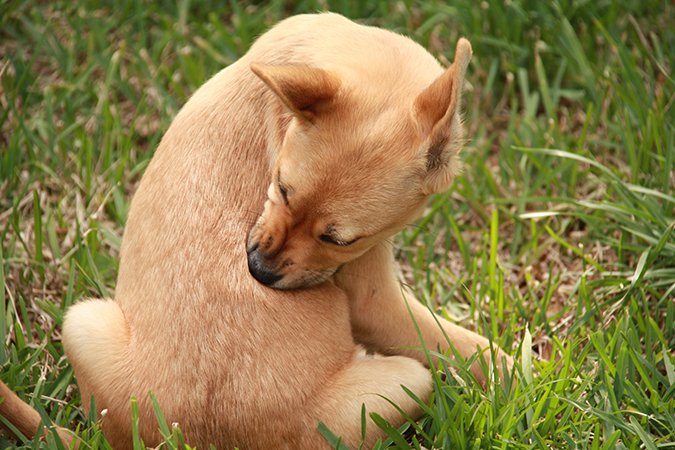If you suspect your dog has a food allergy, follow these steps:
1. See your veterinarian to rule out other possible causes.
© Luckybusiness | Dreamstime.com

2. Save your money if someone recommends allergy tests. They’re unreliable.
3. Ask your veterinarian to help you construct an elimination diet.
4. Choose a carbohydrate source and a protein source that you are comfortable feeding, that your dog will readily and comfortably consume, and that you can afford for weeks at a time. (For instance, fresh ground buffalo may be available from your local Whole Foods, but feeding that as the daily protein source for your 80-pound Labrador may not fit into your budget.)
5. Check all your dog’s medicines for flavorings and get substitutes, if necessary.
6. Stop all supplements during the trial.
7. Take photos of all chewed, bare, or irritated spots on your dog’s body at the start of the trial, so you have something to compare with as the trial goes on.
© Ladykassie | Dreamstime.com







